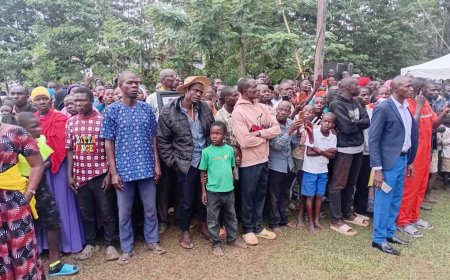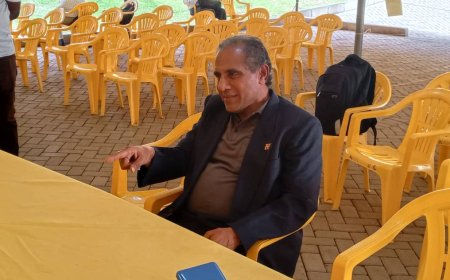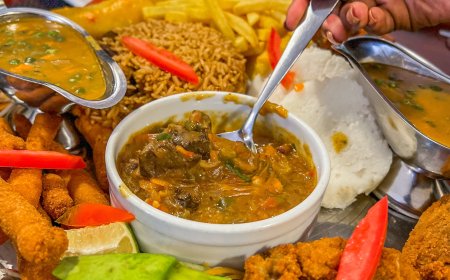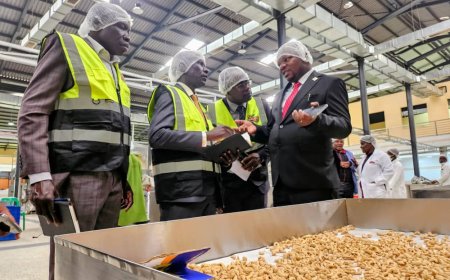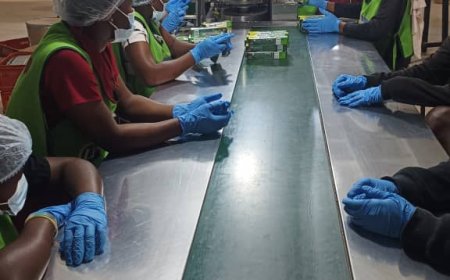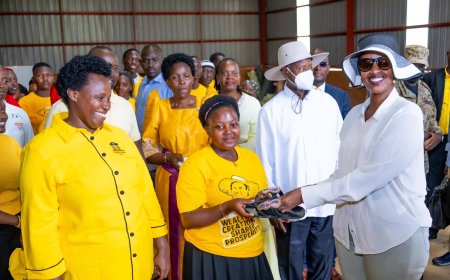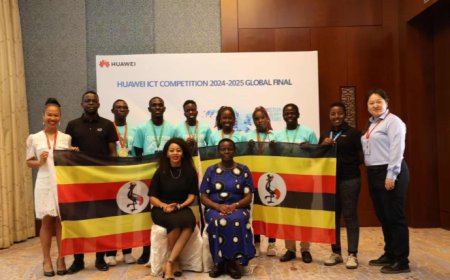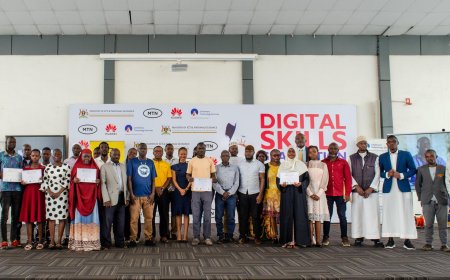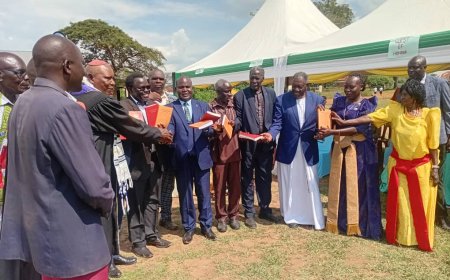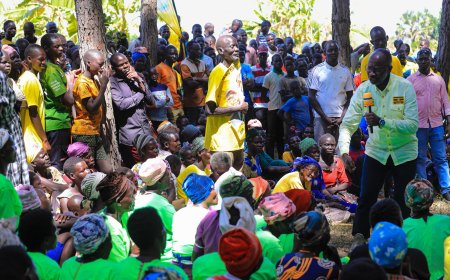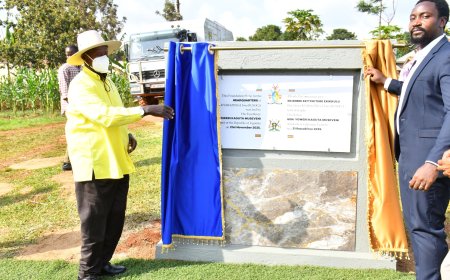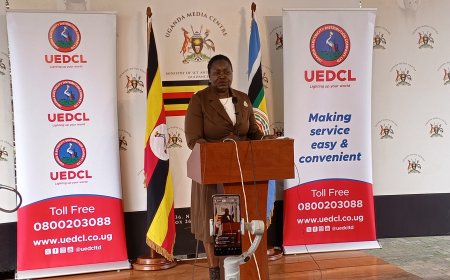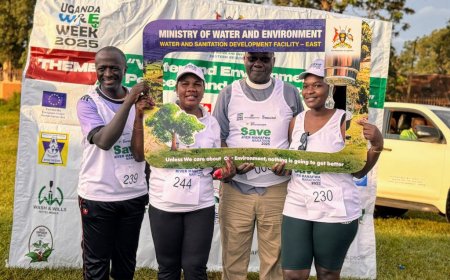What Shapes Your Taste? The Quiet Power of Culture, Climate, and Smallholder Wisdom
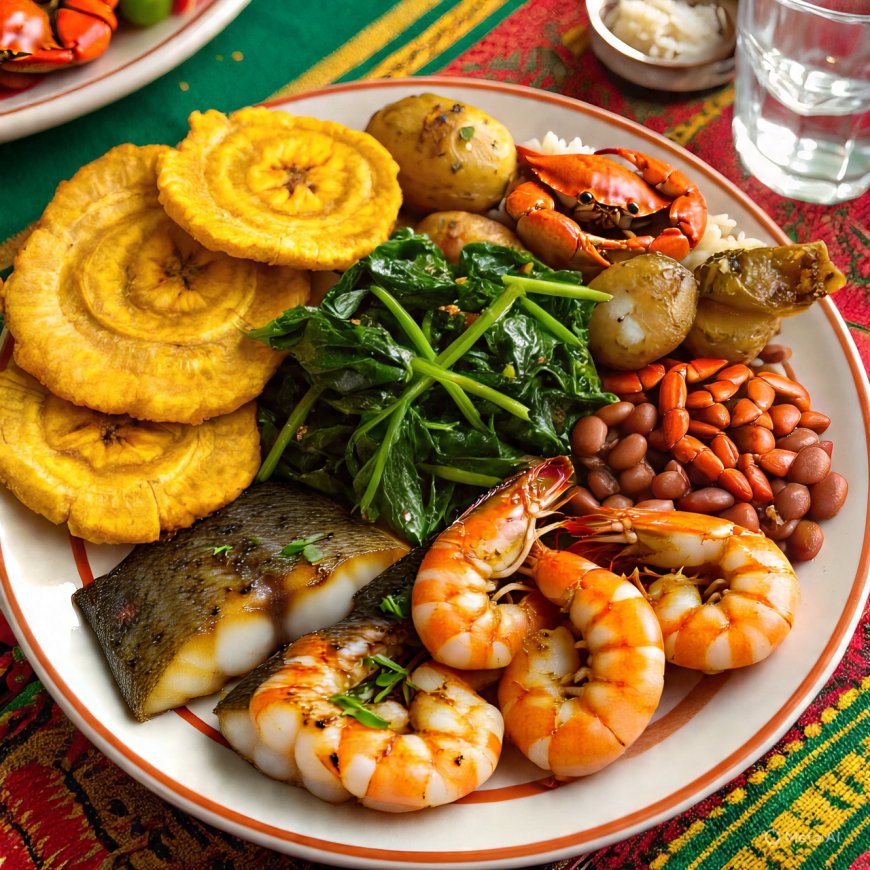
Have you ever taken a moment to look around at your home, your surroundings, even your childhood memories and ask how they shape your relationship with food?
Often, we don’t. Yet, where we live—be it a mountainous region with rich volcanic soils or a lowland plain or one nestled by a water body or forested areas—plays a profound role in what we eat, how we grow it, and what we come to love as “our” food. From the tropics to temperate zones, from forested hills to dry savannas, the landscape, climate, and soil all quietly but powerfully influence our food culture, taste, and preferences.
But the story doesn’t end there. What we eat is also deeply tied to the social, political, economic, and ecological systems we live in. Food is not just about nutrients and calories; it’s a reflection of identity, belonging, and power.
Food is Social, Political, and Cultural
I was born and raised in central Uganda, where green bananas (matooke) are a staple. We also eat root crops, stem tubers, and leafy vegetables-mostly food that grows close to or in the ground. That was my “normal” until I traveled to Senegal and stayed in a hotel where seafood—crabs and oysters dominated the menu. Suddenly, I became aware of my own food bias. The food was fresh and local, yet foreign to my palate.
Later, in Bahia, Brazil, I felt surprisingly at home. Served with cassava, bananas, and corn. Something about it echoed the food of my upbringing. And yet, isn’t it fascinating? We humans are born with the biological ability to eat almost anything, but what we grow up eating, what we see our caregivers prepare and our communities celebrate; shapes what feels “right” on our tongues.
Culture is powerful. It builds our taste, defines our preferences, and often determines what we consider nourishing or not. But it also plays a crucial role in sustainability.
The Unsung Heroes: Smallholder Farmers and Culture Keepers
Long before industrial agriculture and profit-driven food systems took over, smallholder farmers were the stewards of land, forests, and water. Through deeply rooted cultural practices, they nourished not just the soil, but entire communities. Their knowledge of seasons, seeds, and soil health was lived, shared, and adapted over generations.
For these communities, survival wasn’t just about extracting from nature. It was about the relationship of how people, land, language, kinship, and ritual all came together to sustain life. As the authors of Degrowth argue, these “commons” are vital alternatives to the exploitative systems like capitalism.
So next time you sit down to eat, think not only about flavor or nutrition—but also about culture, climate, and the quiet wisdom of smallholder farmers. Our food choices are more than personal; they are a reflection of how we care for the world.
What Can We Learn?
Next time you eat, think beyond taste. Ask:
- What climate and landscape shaped this food?
- Whose hands grew it, and with what knowledge?
- What culture gave rise to these flavors?
- And most importantly, what power and quality of food do we forfeit when care for the land, forests, and waters is taken over by profiteering food producers.
The answers remind us that food isn’t just fuel. It is identity, ecology, economy, and care; all on a single plate.
Have a story about your food journey across cultures or climates? I’d love to hear it in the comments below. Let’s rediscover the deep, beautiful roots of what we eat.




